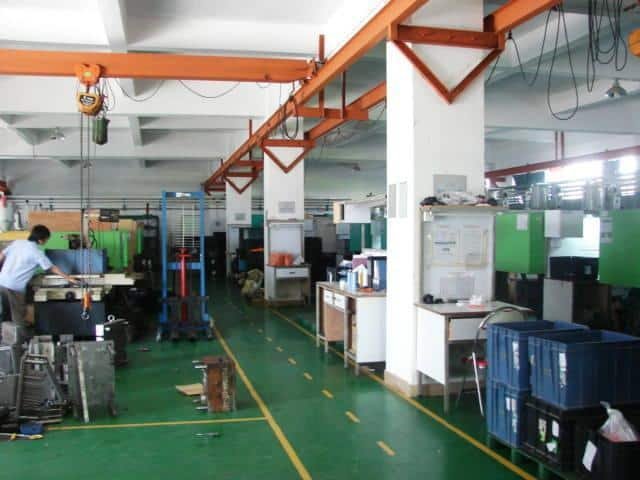Shrinking is one of the key determinants of injection molded parts’ quality; when injection molding manufacturers utilize injection molds in production processes and produce such parts, we should take note of their impact on shrinkage as part of overall production process. So let’s have a look together at which aspects these molds impact specifically.
1. The parting surface and gate of injection molding molds have an influence over the shrinkage of injection molded products
Parting surfaces, gate patterns and sizes of injection molding molds directly influence plastic material flow direction, density distribution, packing/shrinking effects as well as molding time.

Sprues and large cross-section gates can help minimize shrinkage; however, when faced with high anisotropy they tend to contract in both directions – along the direction of plastic flow as well as perpendicular to it. Conversely, when gate thickness is too thin, its gate part of an injection molding mold will prematurely solidify and cure, and plastic in the cavity cannot be replenished in time after shrinkage, leading to greater shrinkage. As point gates solidify quickly, when conditions permit multiple point gates can be set up for holding time extensions, increased pressure in the mold cavity pressure increase, and reduction of shrinkage rates.
2. Injection molding mold structures have an impact on the shrinkage of injection molded products
The gate type used on injection molding molds has a significant effect on the shrinkage rate of injection molded parts. When using small gates, plastic part shrinkage increases due to solidification before the end of packing pressure has concluded. Cooling circuit structure also plays a vital role in mold design – improper setup could result in different shrinkage rates due to uneven temperature distribution around an injection molded part, leading to deformation or dimensional deviation of product and even deformities or deviations of dimensions or deformation of the product itself. Thin-walled parts experience this effect even more dramatically than their counterparts due to uneven temperature distribution within mold temperature distribution on shrinkage rate distribution effects on shrinkage rate even further amplified.
